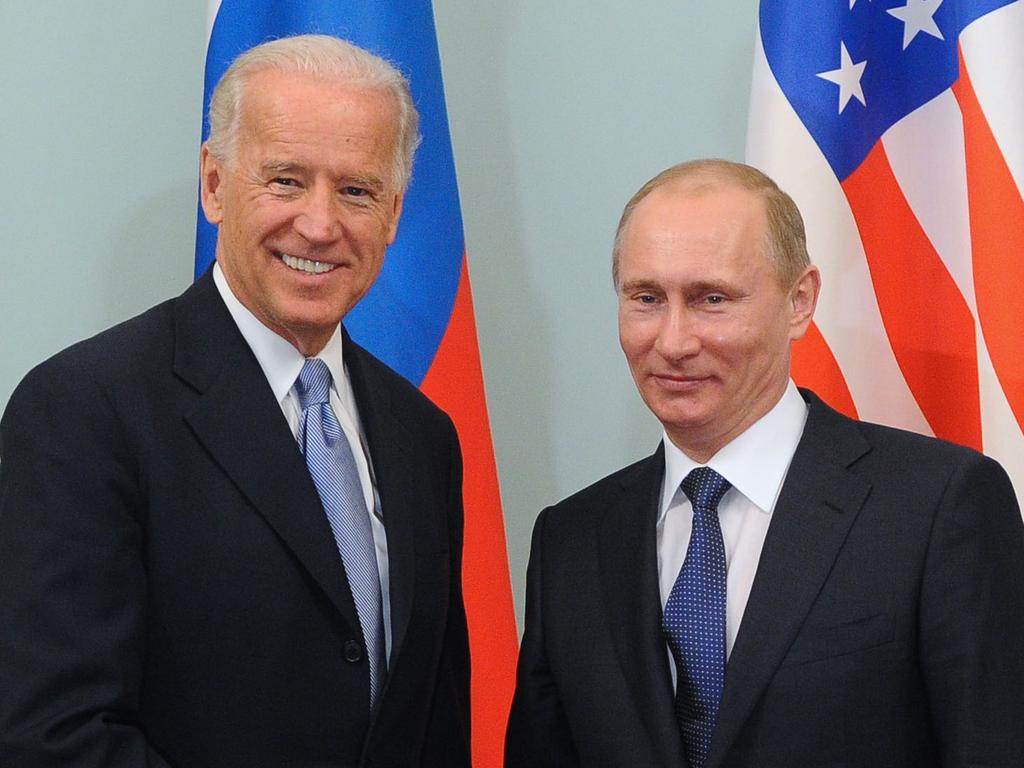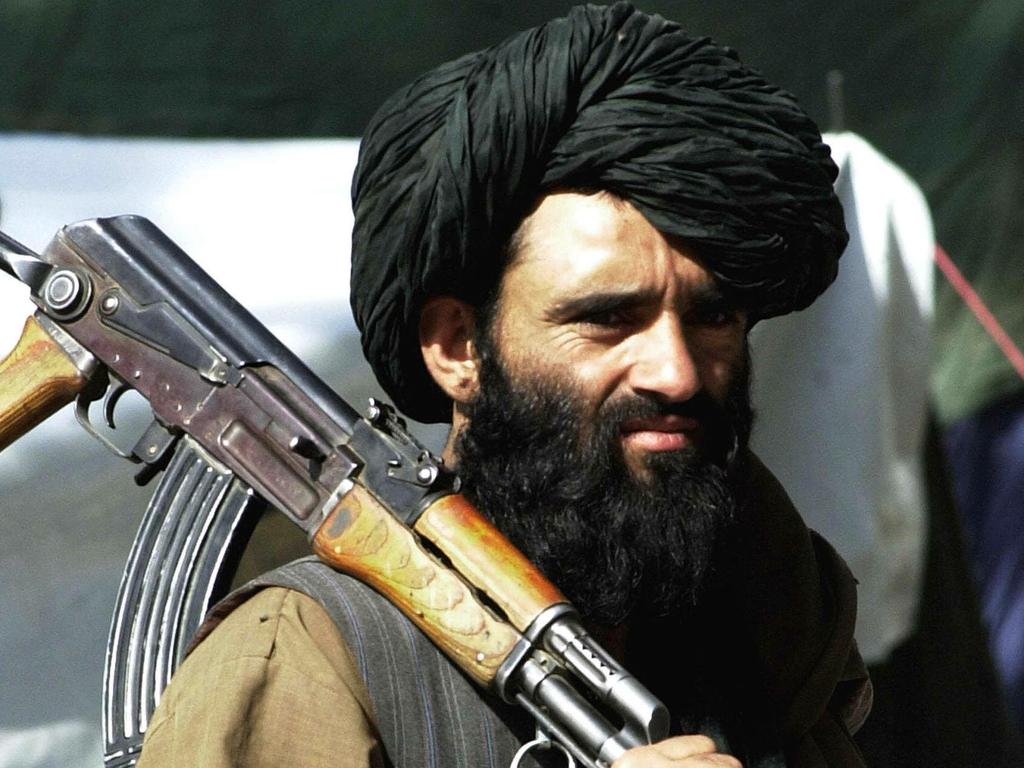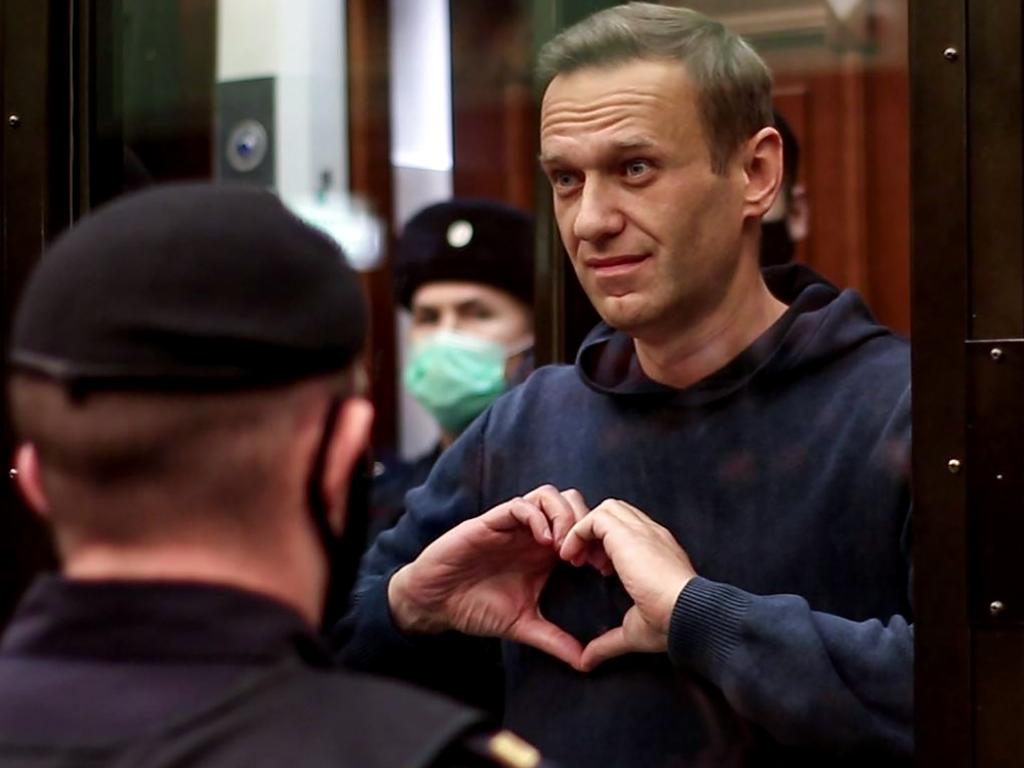Artificial-intelligence arms race could lead to world war

There is, however, a chance that 2021 could be the year: artificial intelligence is feeding into military calculations and changing the nature of risk. Back in 2018 a group of strategic thinkers from China, Russia, the US and Britain came together in London to play a tabletop war game to assess the impact of AI on nuclear stability. The assumption: in June 2021 reports reached world capitals that suggested we were hurtling towards a nuclear war.
Social media showed a video of three US special forces soldiers being killed by nerve gas used by Russian military advisers. Shoot-from-the-lip congressmen were urging a tactical nuclear response. Also on YouTube: images of senatorial families fleeing Washington. Elsewhere, online satellite images showed the exact location of three Chinese submarines in the South China Sea. Beijing assumed that the pictures, using new technology that can make oceans transparent, had been leaked by Washington as an implicit threat. They were already nervous because several nuclear power plants in China were registering false-positive safety reports, leading to their shutdown and the paralysis of the grid.

Almost simultaneously, then, three adversarial nuclear powers felt under threat and put themselves on a war footing.
This crisis, which of course hasn’t happened yet (it’s still only February after all), was influenced at every level by AI. Nuclear command-and-control depends on machine-learning algorithms. AI collects and processes information and alerts decision-makers to potential flashpoints. That’s a force for good if it buys politicians more time to assess the threat. But not if the data has been poisoned, not if spoof videos are being amplified by AI to suggest an imminent attack.
In the tabletop game, organised by the International Institute for Strategic Studies, the working assumption was that the GRU, Russian military intelligence, has the ability to inject fake data into the AI-driven algorithms of the US military at an early stage. The point: to prevent American AI systems from being able to recognise Russia as an aggressor in future conflicts.
The US intelligence services are sure this is actually happening and that China is a big player, too. They deduce this from Russian and Chinese attempts to recruit third-party service providers and data-processing teams, people who might be able to provide backdoor access to American AI training programs.

Quite simply, there is an AI arms race under way. It concentrates forces: hackers, spooks, social media managers, information warriors, data analysts, mathematicians, modellers and the legions who believe that hybrid conflict is the new battlefield. When the first iPhone appeared in 2007 it transformed the scope of government surveillance; when the future was deemed to be the internet of things, machines talking to machines, then it became clear that war had to be fought differently.
AI, says Max Heinemeyer, has fundamentally changed the way we look at the vulnerability of organisations and states. He is part of the AI-backed cybersecurity outfit Darktrace, which he says looks at clients as diverse as the defence establishment, health providers and insurers with a view to understanding their “immune system”.
“Using AI we build up a picture of what corresponds to the normal functioning of the organisation, just as doctors would look at human patients, create patterns and then spot divergences from the norm to work out what’s happening,” Heinemeyer tells me.
He used to be a white-hatter, an ethical hacker who penetrated companies’ systems to inform them about their vulnerabilities. Now he has the rather cool title of “director of global threat hunting” at Darktrace. The vulnerability of critical infrastructure and the interconnectivity of the world is what keeps him in his job. “Smart televisions, smart freezers,” he says, listing the portals into someone’s digital life, “even smart thermometers”. He could have added catflaps that use facial recognition technology.

War planning has adapted accordingly. It’s not just the penetrative energy of Beijing and its command of 5G networks. A new book by the New York Times cyberspecialist Nicole Perlroth describes a fictional day of chaos in America in which each malevolent power plays to its strength: the North Koreans control the traffic lights, Iran hacks into the hospital data, outside New York City Hall the Russians stir up a protest over social media.
Vladimir Putin’s preference for working away from the Kremlin has less to do with his fear of COVID-19 than advice that he should be aware of increased cyber-intrusion.
Donald Trump, of course, flouted all the rules, using his phone carelessly, tweeting subversively and downgrading his cybersecurity advisers.
His successor is putting in place some cyber-savvy aides who kicked off by wanting to get rid of his internet-enabled Peloton bike. If it’s going to stay in the White House it may have to have its camera and microphone ripped out.
AI is an essential tool in predicting trouble but while keeping us secure, it also exposes us. That’s the way we live now. On a tightrope.
The Times







You can get a copy of General Sir Richard Shirreff’s 2017 War with Russia for about $5.70 online and I am sure you can still grab a discounted 2020 World of War by two defence buffs. For a decade or more this period has been tipped as the time when all the buzzing global tensions would reach a Wagnerian climax. Instead we ended up catching COVID-19 and stayed at home.